Garlic Powder & Gluten: The Spicy Truth You Need to Know!
If you're someone who loves a little kick in your cooking or are following a gluten-free diet, you've probably asked yourself at least once: Is garlic powder gluten free? It seems like a simple question, but the answer isn’t always as straightforward as you might think.
In this article, we’ll explore everything you need to know about garlic powder and gluten. Whether you’re a culinary pro, a curious home cook, or managing celiac disease, this guide is packed with useful tips, surprising facts, and a few spicy visuals along the way.
What Exactly Is Garlic Powder Anyway?
Before diving into the gluten debate, let’s start with the basics. Garlic powder is made by dehydrating fresh garlic cloves and then grinding them into a fine powder. It’s a staple in many spice racks around the world due to its convenience and intense flavor profile.
- Concentrated flavor – A little goes a long way.
- Long shelf life – Perfect for pantry storage.
- Versatile use – From soups to rubs, it's a kitchen essential.
Understanding Gluten: What Are We Talking About?
Gluten is a family of proteins found in grains like wheat, barley, and rye. For most people, gluten isn't a problem. However, for those with celiac disease or non-celiac gluten sensitivity, even trace amounts can cause serious health issues.
| Gluten-Containing Grains | Gluten-Free Grains |
|---|---|
| Wheat | Rice |
| Barley | Corn |
| Rye | Oats (when processed separately) |
So, Is Garlic Powder Gluten Free? Let’s Break It Down
The short answer: Yes, garlic powder is naturally gluten free. But wait — before you stock up on that giant tub from Costco, there are a few important caveats.
1. Pure Garlic Powder = Gluten Free
Plain, unadulterated garlic powder made solely from dried and ground garlic is gluten free. There’s no inherent gluten in garlic itself. However...
2. Additives and Anti-Caking Agents Can Sneak In
Some commercial brands add fillers or anti-caking agents to prevent clumping. These additives sometimes contain gluten sources like wheat starch or modified food starch (which can be derived from wheat).
3. Cross-Contamination Risk
Even if the ingredient list is clean, processing facilities often handle multiple products. If the same equipment is used for both garlic powder and gluten-containing spices, cross-contamination can occur.
4. Look for Gluten-Free Certifications
To be safe, look for a “Certified Gluten Free” label on the packaging. This means the product has been tested and contains less than 20 parts per million (ppm) of gluten — the standard threshold for gluten-free labeling.
Top 5 Tips for Choosing Gluten-Free Garlic Powder
- Read the label carefully. Check for any mention of wheat or gluten-containing ingredients.
- Avoid vague terms like “spices” or “natural flavors.” These may hide gluten-containing substances.
- Look for certified gluten-free logos. Third-party certifications offer peace of mind.
- Buy from reputable brands. Trusted names are more likely to ensure purity and safety.
- Contact manufacturers if unsure. Most companies will gladly confirm whether their product is gluten free.
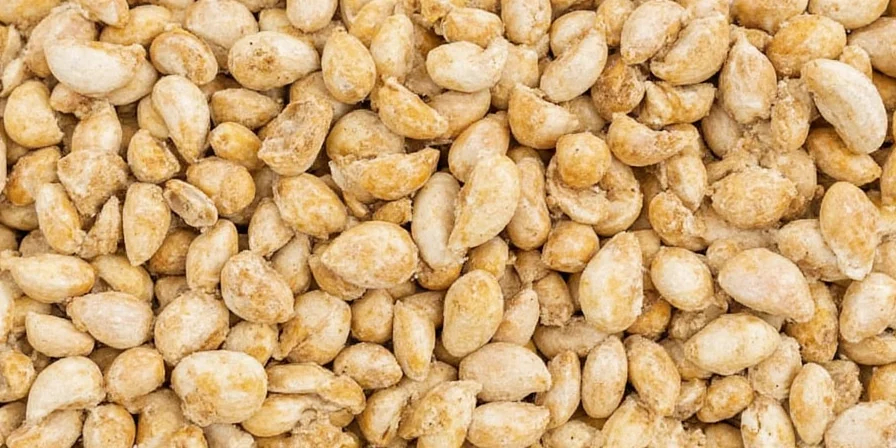
Garlic Powder vs. Fresh Garlic: Which One’s Better?
This age-old debate doesn’t have a clear winner — it all depends on what you're making and how much time you have!
| Aspect | Garlic Powder | Fresh Garlic |
|---|---|---|
| Flavor Intensity | Milder, more evenly distributed | Stronger, more pungent |
| Prep Time | Instant and mess-free | Peeling and chopping required |
| Shelf Life | Months to years | Weeks (if stored properly) |
| Gluten Risk | Potential additives | Naturally gluten free |
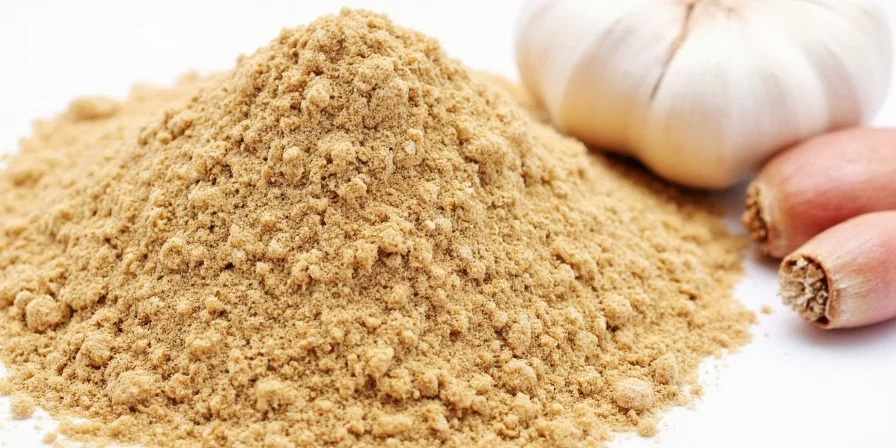
How to Use Garlic Powder Like a Pro
Now that you know garlic powder is generally gluten free (with a few exceptions), here are some delicious and creative ways to make the most of it:
- Seasoning blends: Mix with salt, pepper, and paprika for a quick all-purpose seasoning.
- Dry rubs: Combine with smoked paprika and brown sugar for an amazing BBQ rub.
- Homemade soup base: Blend with onion powder, chicken bouillon, and thyme for a flavorful shortcut.
- Marinades: Stir into olive oil, lemon juice, and herbs for a zesty marinade.
- Bread dips: Sprinkle into hummus, guacamole, or sour cream-based dips for extra kick.
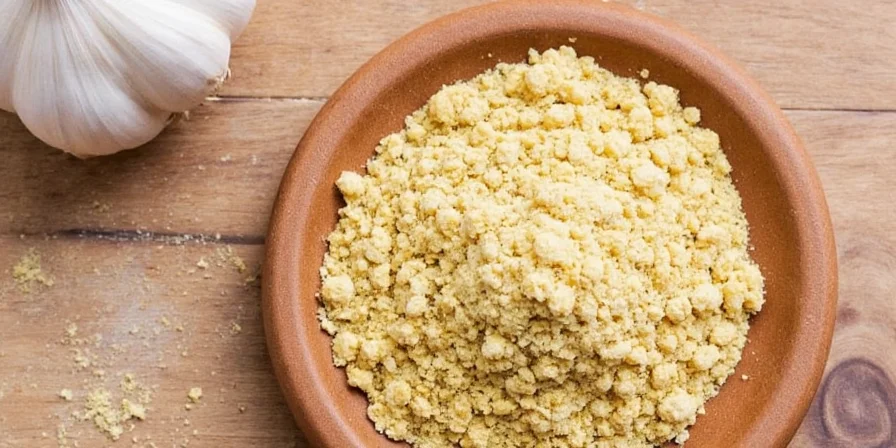
Common Misconceptions About Garlic Powder and Gluten
Let’s bust a few myths floating around the spice rack universe:
- Myth: All spices labeled “natural” are gluten free.
Reality: “Natural” doesn’t mean gluten-free; always check labels. - Myth: Garlic powder is just as strong as fresh garlic.
Reality: It’s milder. Use sparingly and adjust to taste. - Myth: If it says “spice blend,” it must be safe.
Reality: Spice blends often include hidden gluten sources. Always verify.
DIY: Make Your Own Gluten-Free Garlic Powder at Home
Want full control over your garlic powder? Why not make your own at home? Here's how:
- Step 1: Peel fresh garlic cloves.
- Step 2: Slice them thinly and spread on a baking sheet.
- Step 3: Dehydrate in a low oven (around 170°F/75°C) for 1–2 hours until completely dry.
- Step 4: Pulse in a blender or coffee grinder until powdered.
- Step 5: Store in an airtight container — voilà! Pure, gluten-free garlic magic.
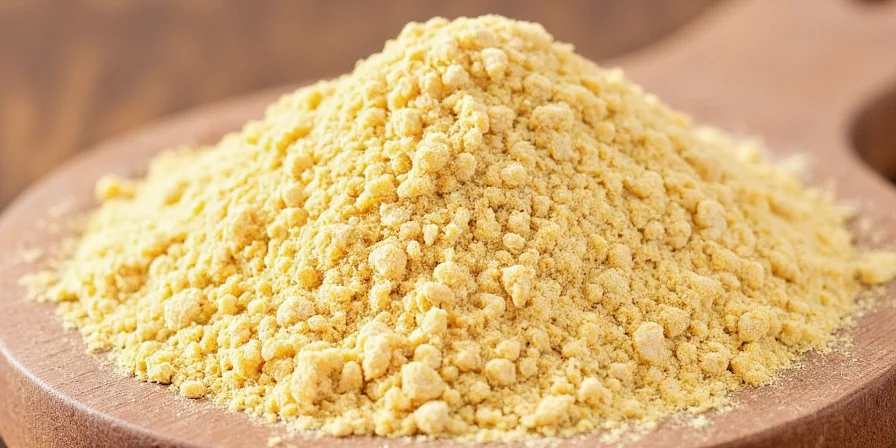
Real-Life Stories: When Garlic Powder Went Wrong
We spoke to several gluten-sensitive cooks who shared their experiences. One reported stomach issues after using a popular brand — turns out, the product had modified food starch from wheat listed in tiny print on the back.
“I thought I was being careful, but I missed that one line on the label. Lesson learned!”
This highlights why diligence pays off — especially when you’re navigating dietary restrictions.
Conclusion: Garlic Powder Can Be Gluten Free — But Proceed With Caution
Yes, garlic powder is naturally gluten free, but not all commercially available versions are created equal. Additives, anti-caking agents, and potential cross-contamination mean you can’t just grab any old bottle off the shelf without checking the label.
For most people, plain garlic powder won’t pose a threat. But for those with celiac disease or severe gluten sensitivity, going the extra mile to confirm a product’s gluten-free status is absolutely worth it.
So next time you’re reaching for that jar of garlic powder, take a second to read the label, consider the source, and maybe even try your hand at homemade powder. After all, knowing what’s in your spice rack is just as important as knowing how to use it.
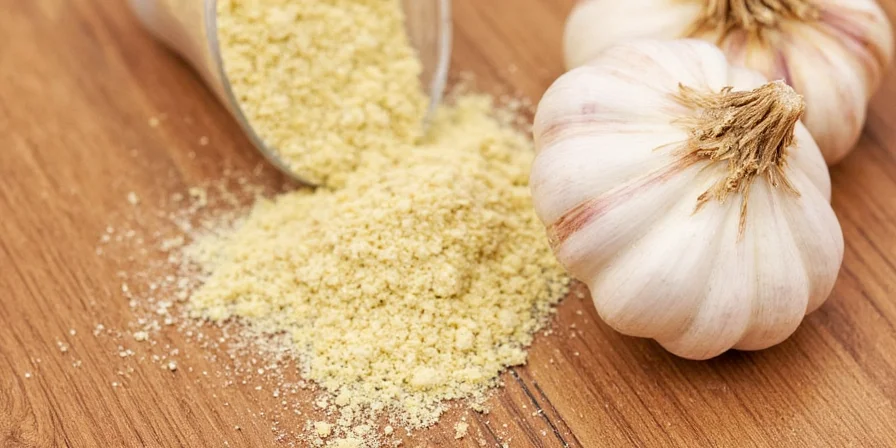
Stay spicy, stay informed, and keep that kitchen flavorful — without the gluten surprises!










 浙公网安备
33010002000092号
浙公网安备
33010002000092号 浙B2-20120091-4
浙B2-20120091-4